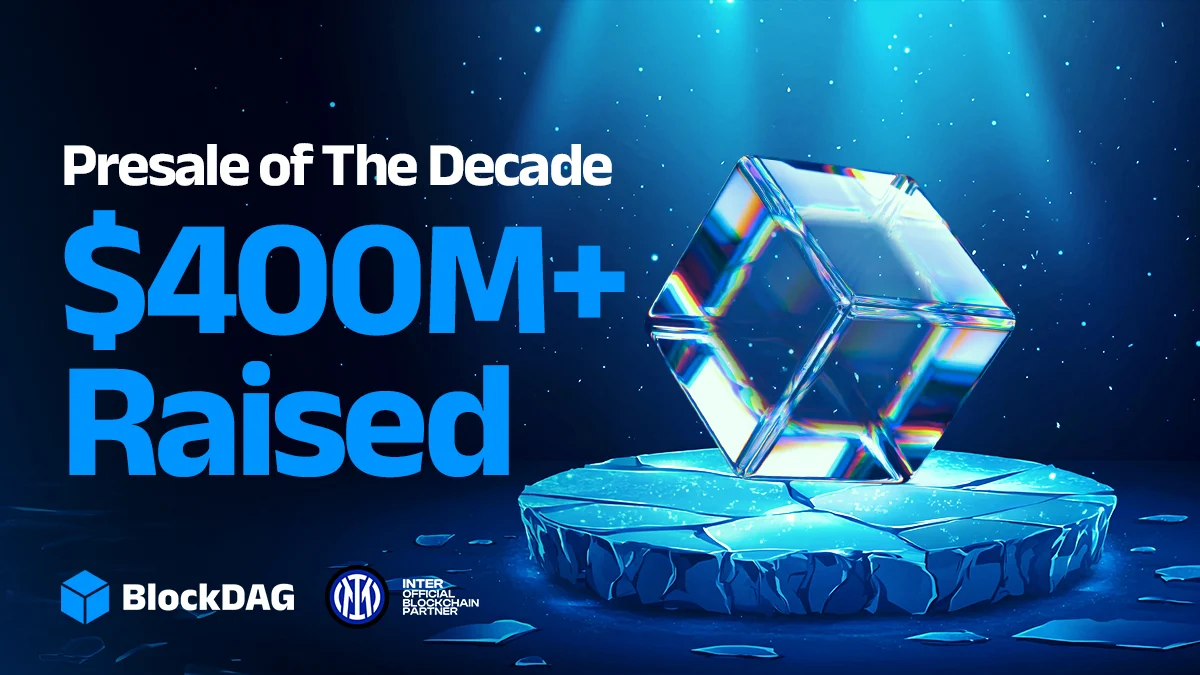Ethereum co-founder Vitalik Buterin sees low-risk DeFi as the platform’s core economic driver, likening its role to search advertising for Google.
Summary
- Vitalik Buterin says low-risk DeFi could become Ethereum’s key economic backbone.
- He compares it to how Google’s ad revenue sustains its growth and global dominance.
- Buterin stresses secure apps like lending, savings, and payments as ETH’s foundation.
DeFi maturation creates sustainable Ethereum revenue model
In a recent blog post, Buterin argued that basic financial services like payments, savings, and collateralized lending can bridge the gap between profitable applications and Ethereum’s (ETH) founding values.
Buterin noted that DeFi protocols have matured substantially, with a stable core of applications proving remarkably strong over time.
He stated that low-risk DeFi provides irreplaceable value and also remains culturally aligned with Ethereum’s decentralized goals.
The shift toward low-risk DeFi shows the overall changes in protocol security and risk management. Buterin pointed to data showing DeFi losses increasingly concentrated at experimental edges of the ecosystem. He also added that core applications show growing stability and user trust.
Unlike earlier DeFi waves driven by unsustainable yield farming incentives, current low-risk applications focus on fundamental financial needs.
These include stablecoin deposits earning competitive rates on platforms like Aave, synthetic asset exposure, and fully collateralized lending markets that serve real economic demand.
Buterin argued that crypto’s advantage lies not in creating artificially high yields, but in making existing global economic opportunities accessible without traditional finance barriers.
Buterin describes several potential paths for low-risk DeFi
Buterin described several potential paths for low-risk DeFi that could expand its impact and economic value. These include reputation-based undercollateralized lending once mature onchain activity creates reliable identity and credit scoring mechanisms.
Prediction markets could integrate with traditional DeFi for hedging strategies that allow users to offset portfolio risks through betting against correlated events.
This cross-pollination between prediction platforms and financial markets could create new risk management tools.
Buterin mentioned that the ecosystem could also move beyond USD-centric applications toward alternative stable value systems like basket currencies, consumer price index-based “flatcoins,” and personal tokens.
He also emphasized that these developments would maintain Ethereum’s cultural alignment and help expand economic utility.
Source: https://crypto.news/ethereum-buterin-points-to-low-risk-defi-google/



